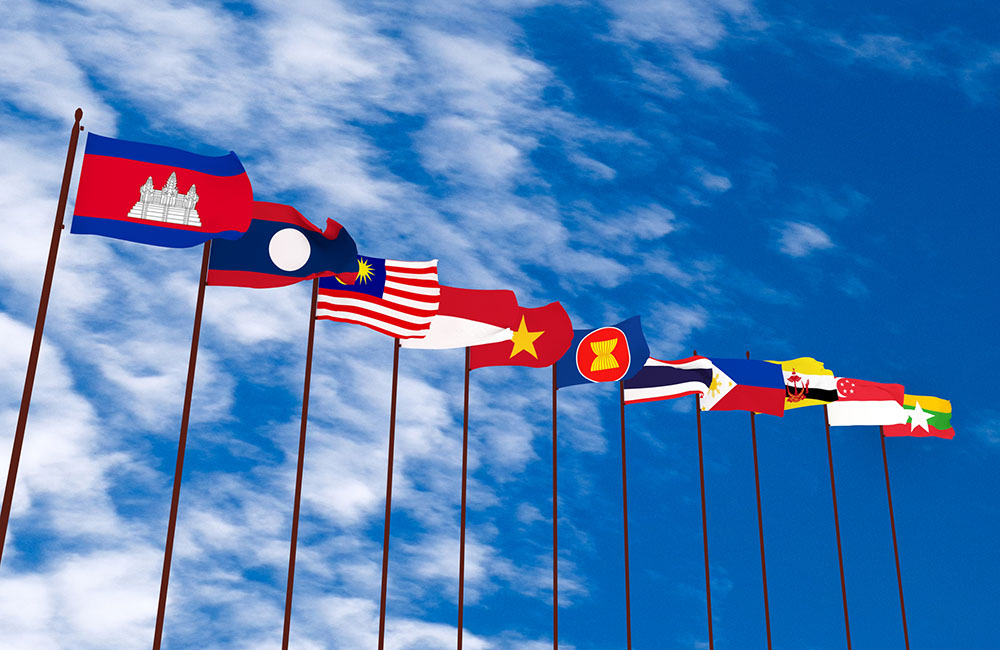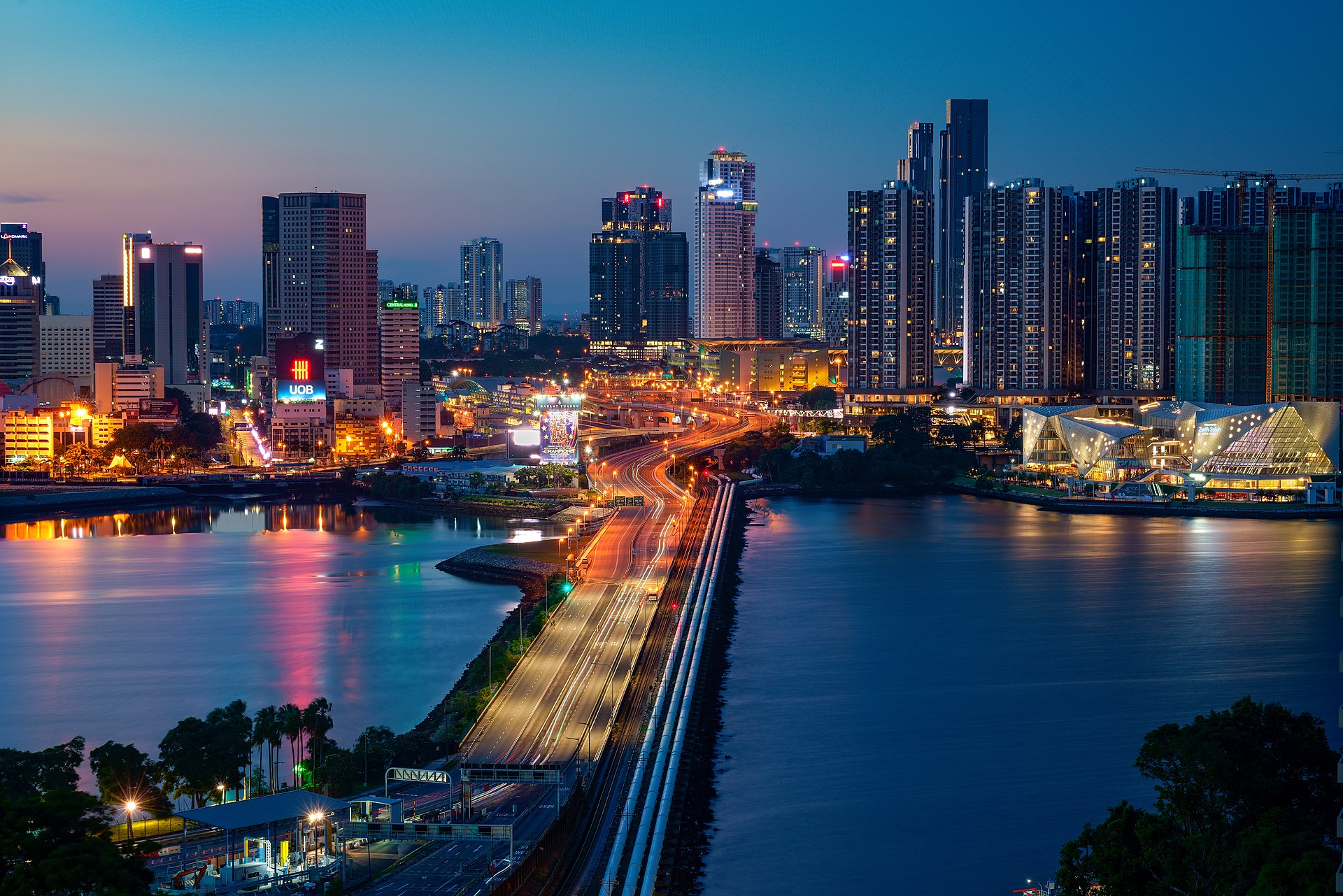A new era for regional economic collaboration
The Johor-Singapore Special Economic Zone (JS-SEZ), officially launched on January 7, 2025, marks a transformative leap in Southeast Asia’s regional integration efforts. As Malaysia and Singapore deepen cross-border collaboration, the JS-SEZ is set to fuse Johor’s manufacturing power with Singapore’s financial and technological leadership — creating a dynamic economic gateway with global ambitions.
Early momentum: foundations for success
Formalized during the 11th Malaysia-Singapore Leaders’ Retreat, the JS-SEZ spans over 3,500 square kilometers across nine flagship zones in southern Johor (Lexology). It targets 11 priority sectors, including:
Advanced manufacturing
Digital economy
Logistics and supply chain
Financial services
Green economy
Health and education
The zone’s strategic location — linked by the Tuas Second Link and Senai International Airport — enables seamless connectivity to global supply chains.
According to Reed Smith, the JS-SEZ aims to:
Attract over 50 major investment projects in its first five years
Create approximately 20,000 skilled jobs
Contribute $26 billion annually to Malaysia’s GDP by 2030.
Achievements: early wins and investment momentum
Several landmark initiatives are already shaping the zone’s future:
Temasek Holdings and Khazanah Nasional announced a $1.2 billion logistics and innovation park within the JS-SEZ.
AI infrastructure investments led by YTL Power and NVIDIA include the construction of Southeast Asia’s first AI supercomputer facility, scheduled for launch in Q3 2025.
To support rapid growth, Malaysia has introduced business-friendly measures:
A 5% corporate tax rate for 15 years for qualifying investments.
A passport-free QR code clearance system to streamline immigration across the Causeway.
This pro-business framework is positioning the JS-SEZ as one of the most investor-friendly destinations in Asia.
Editorial insight: why the JS-SEZ matters now
The Johor-Singapore Special Economic Zone is not just a bilateral achievement; it reflects a broader paradigm shift in global trade.
In an era of fragmented supply chains and regional realignments, the JS-SEZ offers a rare model of pragmatic cross-border integration. It highlights how governments can create competitive advantage through collaboration — not isolation.
Moreover, the zone strategically aligns with trends such as:
The rise of nearshoring: reducing supply chain risks by regionalizing production
Digital-first economies: building smart logistics and digital services hubs
Sustainability priorities: embedding ESG principles into new economic zones
If successful, the JS-SEZ could become a benchmark for future cross-border economic initiatives across Asia and beyond.
Future focus: ambitions for 2030 and beyond
Looking ahead, several key milestones will define the JS-SEZ’s trajectory:
Launch of joint fintech, biotech, and green tech R&D centers
Opening of new high-speed rail (HSR) link connecting Johor Bahru and Singapore
Creation of a fully integrated e-commerce trade corridor
The zone’s leaders are also planning to establish joint education institutions and vocational centers to ensure a skilled workforce pipeline.
With robust public-private partnerships and clear long-term goals, the Johor-Singapore Special Economic Zone is poised to become Southeast Asia’s premier innovation and manufacturing corridor.
Discover more inspiring journeys on Feature.Asia: 10 Entrepreneurs Under 30 Changing Asia’s Economy













